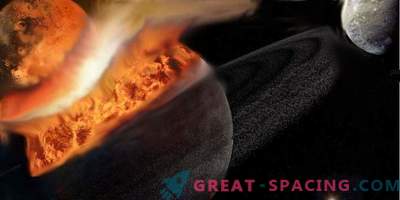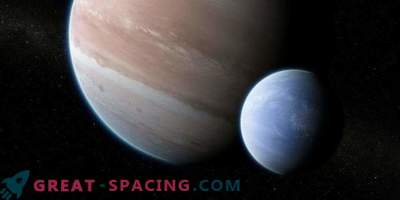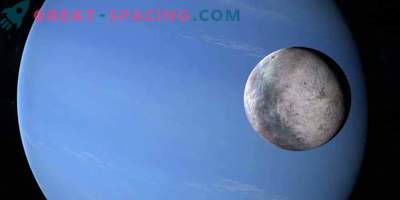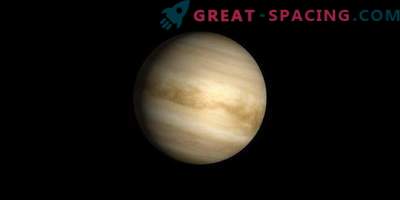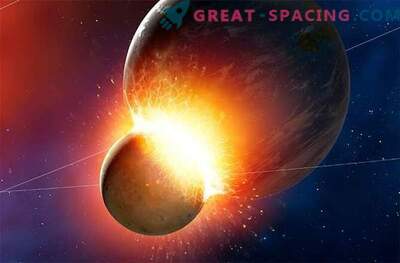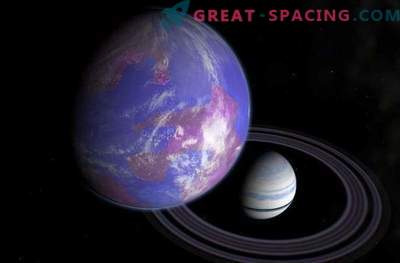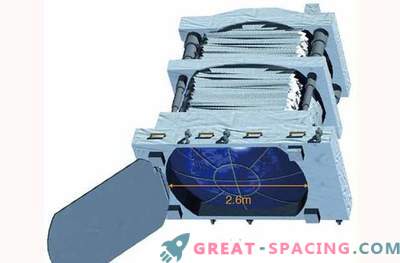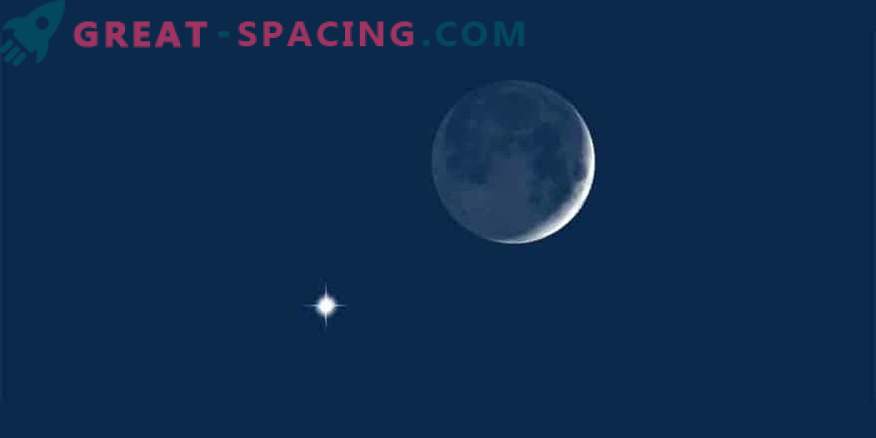
Is the Earth's Moon capable of acquiring its own satellite?
We know that many planets are accompanied by satellites, and some of them have not just more than two, but more than 60! For example, in the solar system, only Mercury and Venus are forced to while away their lives alone. Earth always looks at the native moon. But do moons have moons? And can such “relationships” exist in the Universe?
A couple of astronomers decided to investigate this matter. In all known planetary systems, natural satellites occur in a limited dynamic phase space: the planets revolve around stars, and satellites around planets. Hence the question: “Can something rotate around the moons?”.
In the solar system, we have not yet managed to find satellites near the moons, so the question seems absurd. Moreover, the Moon on Earth is so large that some scientists are trying to endow it with planetary status. Then why can't the moon have its own moon? Scientists decided to move away from observations and solve the riddle mathematically. Using the equations designed to display the tidal effects of the planet and satellites, the team determined that the moons of the moons (sub-moon) may exist hypothetically if the host moon is quite massive, and there is a large orbital distance between the main moon and the planet.
Based on these criteria, several moons in our system are capable of hypothetically having their own mini-satellites. Among them are Titan and Japet (Saturn), Callisto (Jupiter) and the Moon (Earth). It is important to understand this issue, because it will be possible to better understand the process of the formation and evolution of satellites in planetary systems.

